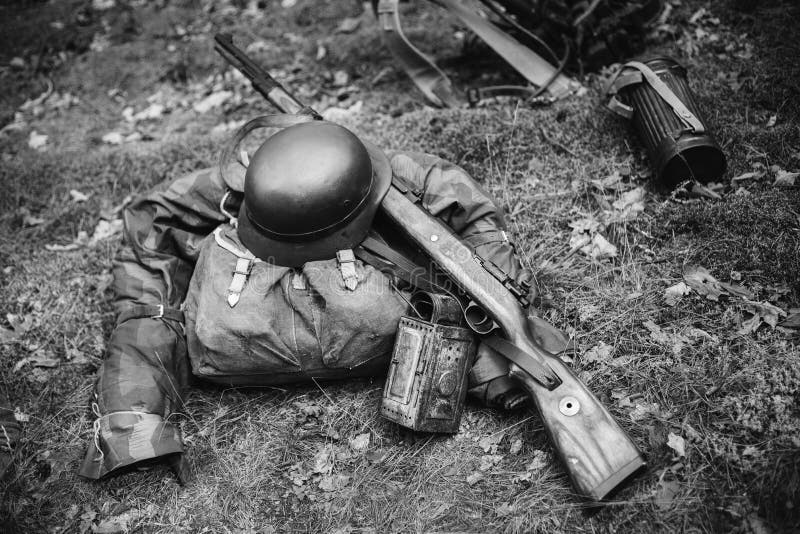
After an order for 100,000 rifle sights was received from the Bavarian Rifle Factory at Amberg, the Mauser brothers began negotiations to purchase the Württemberg Royal Armoury. The sights were produced at the Xaver Jauch house starting. The Mauser brothers received an order for 3,000 rifle sights, but actual production of the rifle was given to government arsenals and large firms. The Mauser rifle was accepted by the Prussian government on 2 December 1871, and was accepted for service until 14 February 1872, after a requested design change to the safety lock. Peter Paul and Wilhelm Mauser continued development of their new rifle in Paul's father-in-law's home. Paul Mauser returned to Oberndorf in December 1869, and Wilhelm arrived in April 1870. The partners went to Liège in 1867, but when the French government showed no interest in a Chassepot conversion, the partnership was dissolved. Shortly thereafter, a partnership was formed in Oberndorf between Norris and the Mauser brothers. Norris believed the design could be adapted to convert Chassepot needle guns to fire metallic cartridges. The rifle was shown to the Austrian War Ministry by Samuel Norris of E. The rifle initially used a firing needle a later version used a firing pin and a rear-ignition cartridge. Based on the Dreyse needle gun ( Zündnadelgewehr), he developed a rifle with a turn-bolt mechanism that cocked the gun as it was manipulated by the user. Peter Paul was conscripted in 1859 as an artilleryman at the Ludwigsburg arsenal, where he worked as a gunsmith. Another son, Franz Mauser, travelled to America in 1853 with his sister and worked at E. The factory was built in an Augustine cloister, a stout building ideal for arms production. Their father, Franz Andreas Mauser, was a gunsmith at the Württemberg Royal Armory. His brother Wilhelm was four years older. Peter Paul Mauser, often referred to as Paul Mauser, was born on 27 June 1838, in Oberndorf am Neckar, Württemberg. 4 Mauser firearms after the Second World War.3.1.10 Type A, Model B, Model K, Armee-Model C, Africa Model.3.1.4 Models 1 and Experimental Model 92.1.1 Acquisition of the Königlich Württembergische Gewehrfabrik.The Mauser name has historically also been licenced by other companies on intermittent occasions. Mauser Jagdwaffen continues making rifles. In 1995 the company became a subsidiary of Rheinmetall called Mauser-Werke Oberndorf Waffensysteme GmbH, before being merged in 2004 into Rheinmetall Waffe Munition Gmbh.Ī division of the original company, Mauser Jagdwaffen GmbH, was split off and, in 2000, merged with SIGARMS eventually becoming a subsidiary of SIG SAUER. Mauser continued to make sporting and hunting rifles in the late 20th century.

Since the late 19th and early 20th centuries, military Mauser designs were also exported and licensed to a number of countries, as well as being a popular civilian firearm. Mauser designs were built for the German armed forces. Mauser was a German arms manufacturer of a line of bolt action rifles and semi-automatic pistols from the 1870s to 1995. German K98K version of the 98 Mauser Mauserġ995 (sold to Rheinmetall), 2004 (Mauser-Werke Oberndorf Waffensysteme GmbH merged to Rheinmetall) For other uses, see Mauser (disambiguation).


 0 kommentar(er)
0 kommentar(er)
